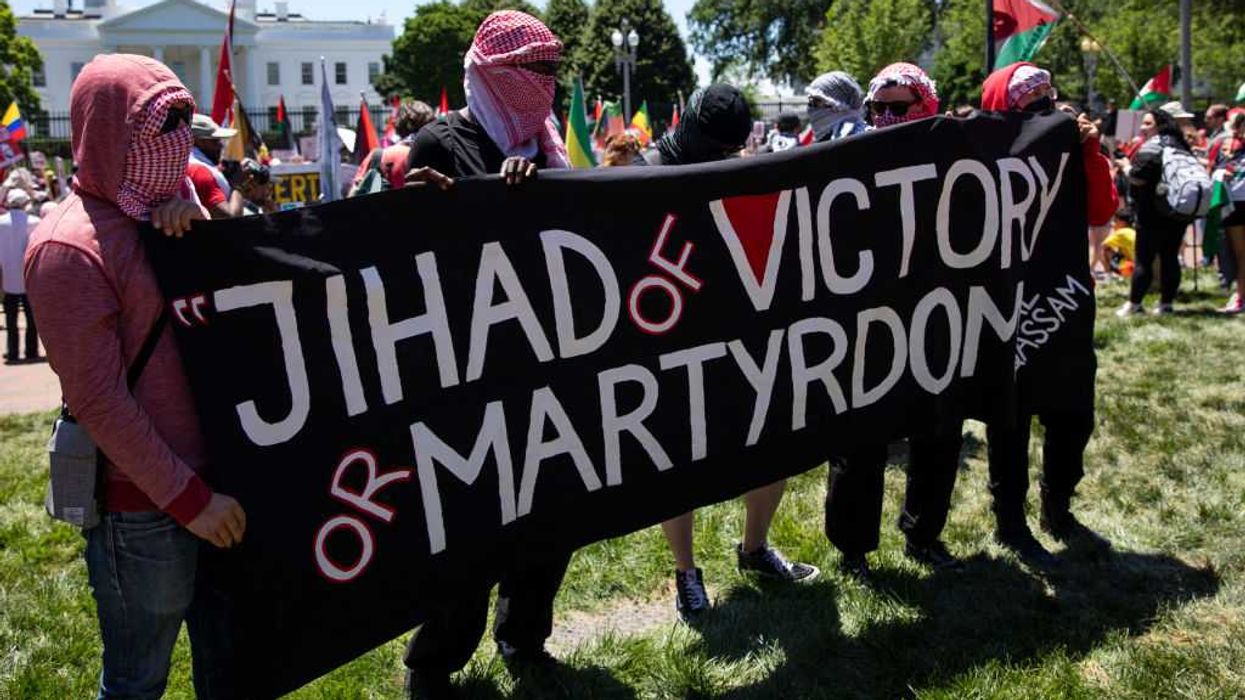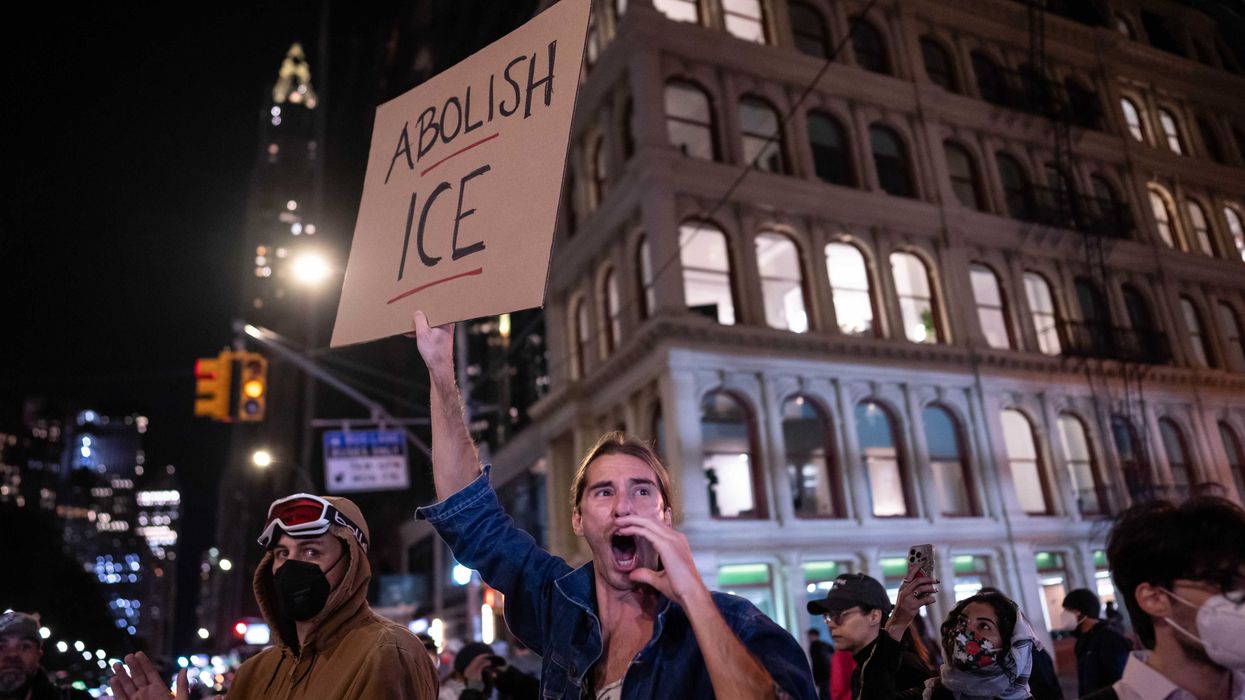To both sides of the marriage debate: now that the Supreme Court has settled things, lets change it all over again.
To both sides of the marriage debate: now that the Supreme Court has settled things, lets change it all over again. My view on marriage - here.
Posted by Stu Burguiere on Saturday, June 27, 2015
Every Saturday morning, I take my son, Zach, out for pancake time. This has absolutely nothing to do with the fact that I just want to eat pancakes. We discuss the issues of the day, like the best techniques for tap-tap-tap-swing, which you see here. You probably know it as T-ball, but I mean, look at this blazing speed. I mean, this kid, look at this, all the way home. He’s going to score. I mean, I’m going to give it away, but look at that, perfect. That’s impressive.
I try to indoctrinate him in he being a Philadelphia Eagles fan, guaranteeing him a life of horrific disappointment. Sorry, kid. Oh, and we eat lots of lots of pancakes, lots of pancakes. That’s our tradition, and I’m all about upholding traditions, especially one like that that involves pancakes. In fact, I would say that our little tradition is more valid and way more meaningful than this one.
Yeah, there it is. Or how about this little tradition? Or even this little tradition? Ugh. Time to get antisocial on how we think about marriage. We’ve been in a nonstop, endless conversation about whether the government should recognize same-sex marriage, and I’m sick of it. I’m not saying that marriage isn’t important—quite the contrary. I’m just saying that none of the importance comes from an $80 piece of paper from the state. A marriage license? Seriously, a marriage license, your licensing my love life?
Think about your marriage for a second and break it up by percentage. Yes, I’m a true romantic. Where do you get the value in your marriage? What is important? Well, love, right? Obviously this is usually number one on the list, hopefully. Faith, recognition by your church, your faith is important to most but not everybody. Family, recognition by your family is of course important to some. Kids, having the most stable unit possible to raise a family is important to many, but how about government? Where does government fit in there?
Having faceless bureaucrats hang onto paperwork acknowledging you got married for one or more of those reasons, who is that important to? Who cares if the government recognizes your marriage? I’m not talking about same-sex marriage here. I’m talking about every marriage. I take nothing of value from the fact that the government acknowledges I’m married. I don’t care what they think about it.
I care about what my wife and my family and my kids and my church think about it. I don’t care what my selectmen thinks. That’s why I support marriage equality in its truest form. The government should have no say in it at all for anybody, outside of enforcing personal contracts. So, to be clear, I want the government out of my heterosexual marriage.
So, what are the problems with all of this? Some people will say Stu, what about all those tax breaks for marriage? To the extent that they actually exist, I don’t seem to notice them on April 15th that much. Look, that’s part of it here though. There is no reason to give tax breaks to couples for getting married. I realize that’s not popular probably, but my tax status should not be based on my dating ability. Not to mention if you are getting married to get tax breaks, you definitely should not be getting married.
But we’re told that conservatives are all about tradition. Maybe that’s a big point. I’m not going to be like the media and mock tradition. If the government blessing of your marriage is a time-honored tradition, well, there’s something to be said for that. The only problem is it’s really not that time-honored. As you might imagine, marriage has been going on for quite a long time, longer than the United States has even been a country.
Let’s start by going way back. For centuries, Christianity recognized marriage as simply if both people said they exchanged vows. It was essentially an agreement between two families. Only by the year 1215 did the church declare that a marriage must take place inside an actual church. In other words, marriage has been going on without government interference for a long time, but you might say okay, yeah, all right, that’s how it was in the 13th century, thanks, Stu, but it’s kind of important to maintain American tradition.
How’s this for traditional? George Washington was married without a marriage license. So was Abraham Lincoln. If arguably our two best presidents can get married without a license, why do you need one so badly? Marriage licenses didn’t become popular in America until the early 20th century. That’s not to say there wasn’t any government involvement, but the progressive era changed a lot of things. Like all other origins of government-issued licenses, this was about control. Conservatives know this.
The government doesn’t get involved in your life because they want to give you a pat on the back because you found someone you really like. For some reason, we’ve started considering marriage licenses like they’re wedding presents. To be clear, the government’s licensing of marriage is not a congratulations that you found love. The real reason the government started granting marriage licenses was to control love.
By the 1920s, 38 states had laws prohibiting whites from marrying blacks, Japanese, Chinese, Indians, you name it. If you want to figure out who you can love, just look at this handy-dandy chart. This is great. It’s going to really explain it for you. If you’re one-eighth black, you can get married in all these states. Of course, over here you’ve got to be a quarter.
Over time, marriage has really changed. Marriage licenses became less about enforcing racism and more about how to distribute wealth. The government relies on your marriage license to make all kinds of financial decisions—tax rates, Social Security, inheritance, but all this could be done with personal contracts between consenting adults. Then churches can decide if they approve of those unions or not.
In other words, your marriage license is a racist wealth distributor. Why are you supporting it? Why are conservatives really for this? Why are we fighting for something like this? Guys, come on. Let’s have a nice little ceremony here, because if you think about it, this state-mandated marriage between this lovely bride and groom is actually not really a state-mandated marriage. It’s kind of a threesome: man, woman, and state—the creepy, creepy state.
The day you say your vows, you’re also allowing the state into your marriage as long as you both or as long as you all shall live. Signing that piece of paper is just proof of your consummation with the state. That’s just as creepy as it gets. So, to review, marriage licenses have a racist past. I’m for true marriage equality. Get the government out of every marriage. And no one wants to think about a threesome with Jeffy—least of all, these two people.

 AASHISH KIPHAYET / Contributor | Getty Images
AASHISH KIPHAYET / Contributor | Getty Images
 Harold M. Lambert / Contributor | Getty Images
Harold M. Lambert / Contributor | Getty Images Adam Gray / Stringer | Getty Images
Adam Gray / Stringer | Getty Images Anadolu / Contributor | Getty Images
Anadolu / Contributor | Getty Images